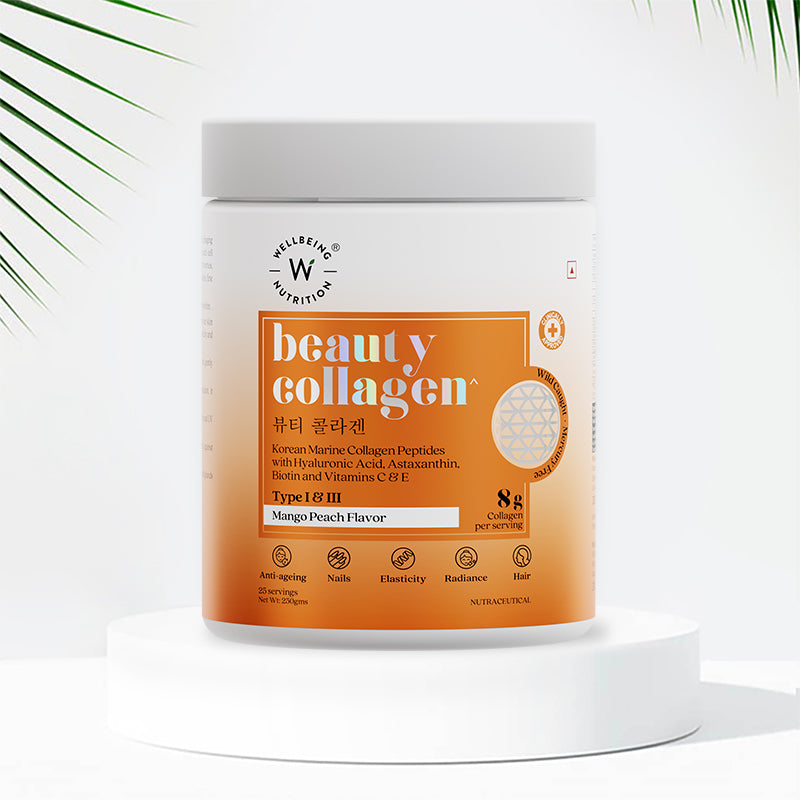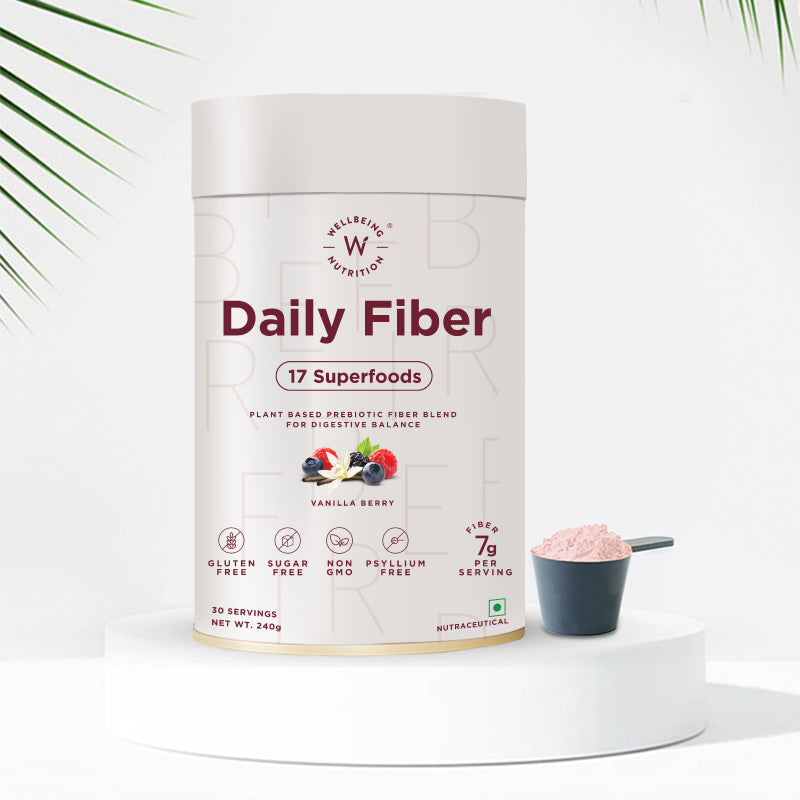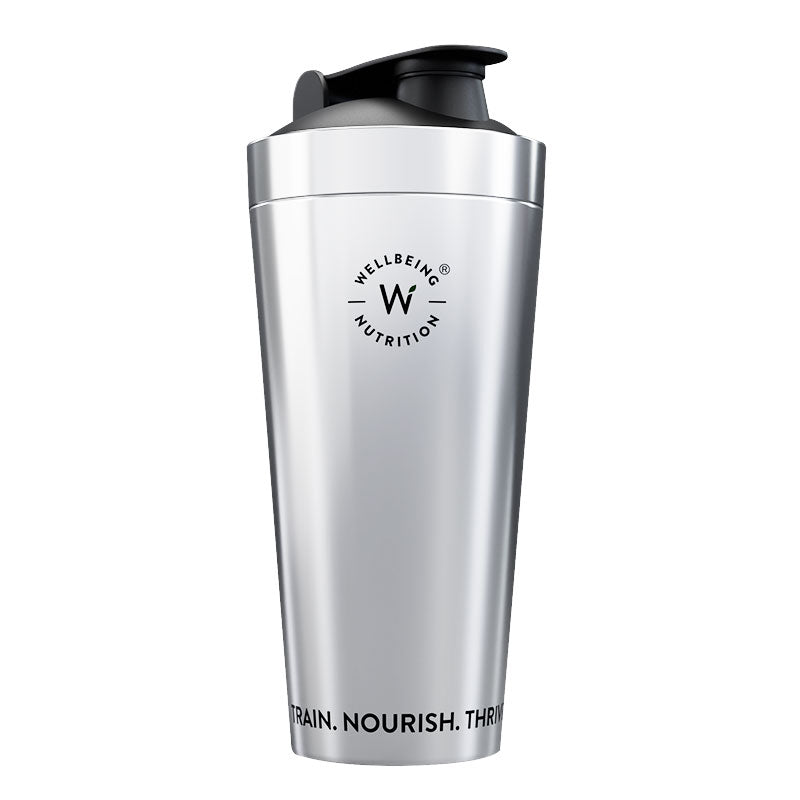What is Bioavailability? Difference Between Bioavailability & Absorption

Bioavailability and absorption are two important concepts in pharmacology that are often used interchangeably. While they both relate to the process of drug administration and its effects on the body, they have distinct definitions and implications. Absorption refers to the uptake of a substance into the bloodstream, while bioavailability encompasses absorption and factors affecting drug availability. Understanding this difference is crucial for healthcare and research.
Let us first understand the concept of bioavailability.
Understanding Bioavailability
Bioavailability refers to the extent and rate at which a drug reaches systemic circulation or the bloodstream and becomes available at the site of action. In simpler terms, it is the fraction of an administered dose of a drug that enters the bloodstream, allowing it to exert its therapeutic effects.
When a substance is ingested, it must pass through various barriers in the body before it can reach the bloodstream and be distributed to its target tissues. Factors such as the substance's ability to dissolve in the gastrointestinal fluids, its susceptibility to enzymatic breakdown, and its ability to cross cell membranes all play a role in determining its bioavailability. Furthermore, the presence of certain food components or medications in the gastrointestinal tract can also affect the bioavailability of a substance by altering its absorption or metabolism. This is why healthcare providers often recommend taking certain medications on an empty stomach or with specific types of food to enhance their bioavailability.
The Mechanism of Bioavailable Supplements
Bioavailable supplements are designed to enhance the bioavailability of certain nutrients or compounds, ensuring that they are efficiently absorbed and utilized by the body.
When it comes to bioavailable supplements, the key lies in their ability to optimize the absorption and utilization of essential nutrients. By employing advanced delivery systems and innovative formulations, these supplements aim to overcome the limitations of traditional nutrient absorption, ensuring that the body can make the most out of every dose.
The Science Behind Bioavailable Supplements
Bioavailable supplements utilize various formulations and delivery systems to enhance absorption. For example, liposomal encapsulation can protect a substance from degradation and improve its absorption through the gut. Nanotechnology and microencapsulation are also used to optimize bioavailability by increasing solubility and stability.
Moreover, some bioavailable supplements leverage the principles of synergy, combining multiple nutrients in a single formulation to enhance their overall effectiveness. By carefully selecting and pairing nutrients that complement each other's absorption pathways, these supplements can offer superior bioavailability compared to standalone nutrients.
Factors Influencing Bioavailability
Various factors can influence the bioavailability of a drug, including its formulation, route of administration, and the presence of other substances.
The Importance of Bioavailability in the Body
Bioavailability plays a crucial role in determining the efficacy of supplements and medications. If a substance has low bioavailability, a significant portion may be lost during digestion or metabolism, reducing its therapeutic benefits. Understanding bioavailability helps healthcare professionals optimize dosages and select the most suitable delivery methods.
For example, some medications may have poor oral bioavailability and need to be administered through alternative routes, such as intravenous or transdermal, to ensure adequate levels reach the systemic circulation. By considering bioavailability, healthcare providers can tailor treatment plans to maximize the therapeutic effects of medications and supplements for individual patients.
Benefits of Bioavailable Supplements
Bioavailable supplements offer several advantages over traditional forms. They can provide more consistent and reliable effects, as well as reduce the need for higher dosages. By maximizing bioavailability, these supplements ensure that nutrients and other bioactive compounds are utilized effectively by the body.
Furthermore, the enhanced bioavailability of these supplements can lead to quicker and more noticeable results, making them a popular choice for individuals looking to support their overall health and well-being. By prioritizing absorption efficiency, bioavailable supplements offer a convenient and effective way to bridge the nutritional gaps in modern diets and promote optimal health.
Factors Influencing the Bioavailability of Supplements
Several factors can impact the bioavailability of supplements, potentially affecting their efficacy and outcomes.
Understanding the complex interplay of various factors that influence the bioavailability of supplements is crucial for optimizing their effectiveness. In addition to digestion and supplement formulation, other key factors include the physiological characteristics of the individual, such as age, gender, and overall health status. These factors can affect the absorption, distribution, metabolism, and excretion of supplements within the body, ultimately determining their bioavailability.
The Impact of Digestion on Bioavailability
The digestive process can significantly influence the bioavailability of supplements. Factors such as stomach acidity, enzymes, and the presence of food can affect solubility, stability, and absorption. Some substances may require specific conditions or co-administration with other compounds to enhance their bioavailability.
Furthermore, the gut microbiota plays a crucial role in the metabolism and bioavailability of certain supplements. The composition of the gut microbiome can vary among individuals and can impact the breakdown and utilization of different nutrients. This highlights the importance of considering the gut microbiota composition when assessing the bioavailability of supplements.
The Role of Supplement Formulation in Bioavailability
The formulation of a supplement can greatly influence its bioavailability. Factors such as particle size, formulation type (liquid, capsule, tablet), and the presence of absorption enhancers or excipients can impact absorption and subsequent bioavailability. Manufacturers must carefully consider these factors when developing bioavailable supplements.
In addition to formulation, the timing of supplement intake can also affect bioavailability. Some supplements may be more effectively absorbed when taken with or without food, due to interactions with digestive enzymes or other nutrients present in the gastrointestinal tract. Understanding these nuances can help individuals maximize the bioavailability of supplements and optimize their health benefits.
Exploring Absorption
Absorption is the process by which a drug is taken up into the bloodstream from its site of administration. In other words, absorption is the process by which a drug enters the bloodstream and becomes bioavailable. It involves the movement of molecules across biological barriers, such as cell membranes or the lining of the gastrointestinal tract.
When a drug is administered, whether orally, intravenously, or through other routes, it must navigate through various barriers to reach its target site of action. The absorption process is crucial in determining the effectiveness and bioavailability of the drug within the body.
Role of Absorption in the Body
Absorption is vital for how drugs move through your body. It affects how quickly they work and how much of the drug your body can use. Knowing how drugs get absorbed helps doctors figure out how they work for different people and the best way to give you the right amount for treatment. Absorption is the core of the transfer of nutrients from the gut into the bloodstream and then to different parts of the body. Proper absorption of drugs or nutrients is very crucial for maintaining health and immunity.
Bioavailability vs Absorption: Key Differences
Comparison of Concepts
Bioavailability refers to how much of a drug enters the bloodstream, while absorption is the process of a drug moving into the bloodstream from where it was given. Bioavailability includes absorption and other processes affecting drug levels, like metabolism. Factors like the drug's type and how it's taken affect bioavailability. Absorption isn't just for pills—it happens with other methods like injections or patches, each with its effects on how much drug gets into your system.
Measuring Bioavailability and Absorption
Understanding the bioavailability and absorption of a drug is crucial in determining its effectiveness and dosage.
Bioavailability
Assessing bioavailability involves various techniques, each offering unique insights into how a drug is absorbed and utilized by the body. Blood sampling is a common method used to measure drug concentrations over time. By analyzing blood samples, researchers can determine the drug's concentration profile, peak levels, and elimination half-life.
Absorption
Researchers use two main methods to study how drugs are absorbed. In vitro models use artificial membranes and cell cultures to mimic absorption in the gut, helping understand how drugs move through the body. In vivo models study drug absorption in living organisms, like animals or humans, to see how drugs behave in real bodies. These methods help predict how drugs will work in people and improve their effectiveness.
(In vitro means outside of the body, and in vivo means inside the body)
Impact on Drug Efficacy and Safety
The interplay between bioavailability, absorption, and drug efficacy is crucial. Inadequate bioavailability or poor absorption can result in reduced efficacy and treatment failure. Moreover, variations in bioavailability and absorption rates among individuals may contribute to variability in drug responses, and hence medical mishaps.
Safety Considerations in Bioavailability and Absorption
The bioavailability and absorption of a drug can also impact its safety profile. Rapid and extensive absorption may increase the risk of adverse effects, while slow or incomplete absorption could lead to delayed onset of action or therapeutic failure.
Furthermore, factors that affect bioavailability, such as interactions with other drugs or food, can lead to altered drug concentrations and potentially cause adverse reactions. Understanding the bioavailability and absorption of a drug is crucial for evaluating its safety and minimizing the risk of adverse events.
How Bioavailability and Absorption Interact
Although absorption is a prerequisite for bioavailability, it does not guarantee that the substance will reach systemic circulation. Factors such as metabolism in the liver, binding to proteins, or excretion by the kidney can reduce bioavailability even if the substance is adequately absorbed. Therefore, bioavailability considers both the absorption and subsequent systemic availability of a substance.
Furthermore, the route of administration can significantly impact bioavailability. For example, intravenous administration bypasses the absorption phase, leading to complete bioavailability of the administered substance. On the other hand, oral administration may face challenges such as first-pass metabolism in the liver, and reducing the bioavailability of certain drugs.
SLOW by Wellbeing Nutrition: A Closer Look
SLOW by Wellbeing Nutrition is a ground-breaking supplement that prioritizes bioavailability to optimize the benefits it offers.
It is designed to provide a sustained release of nutrients, ensuring prolonged availability and utilization by the body. Developed with a keen focus on enhancing overall well-being, SLOW is not just a supplement but a holistic approach to health and vitality.
The Bioavailability of SLOW by Wellbeing Nutrition
SLOW's unique formulation utilizes patented 2-in-1 technologies to enhance bioavailability. The inclusion of beadlets protects and delivers nutrients, allowing for better absorption and utilization. This ensures that SLOW provides maximum benefits over an extended period.
The incorporation of liposomes in SLOW's formulation is particularly noteworthy. These phospholipid structures act as protective layers around the nutrients, safeguarding them from degradation in the harsh environment of the digestive system. This innovative approach not only ensures the integrity of the nutrients but also facilitates their efficient absorption into the bloodstream, where they can exert their beneficial effects.
Conclusion
Bioavailability plays a crucial role in the effectiveness of supplements and medications. Understanding the differences between bioavailability and absorption is essential for healthcare professionals and consumers alike. With the development of bioavailable supplements like SLOW by Wellbeing Nutrition, individuals can now access highly efficient formulations that optimize nutrient absorption and utilization for better overall health.
- Choosing a selection results in a full page refresh.
- Press the space key then arrow keys to make a selection.

Consult Expert











